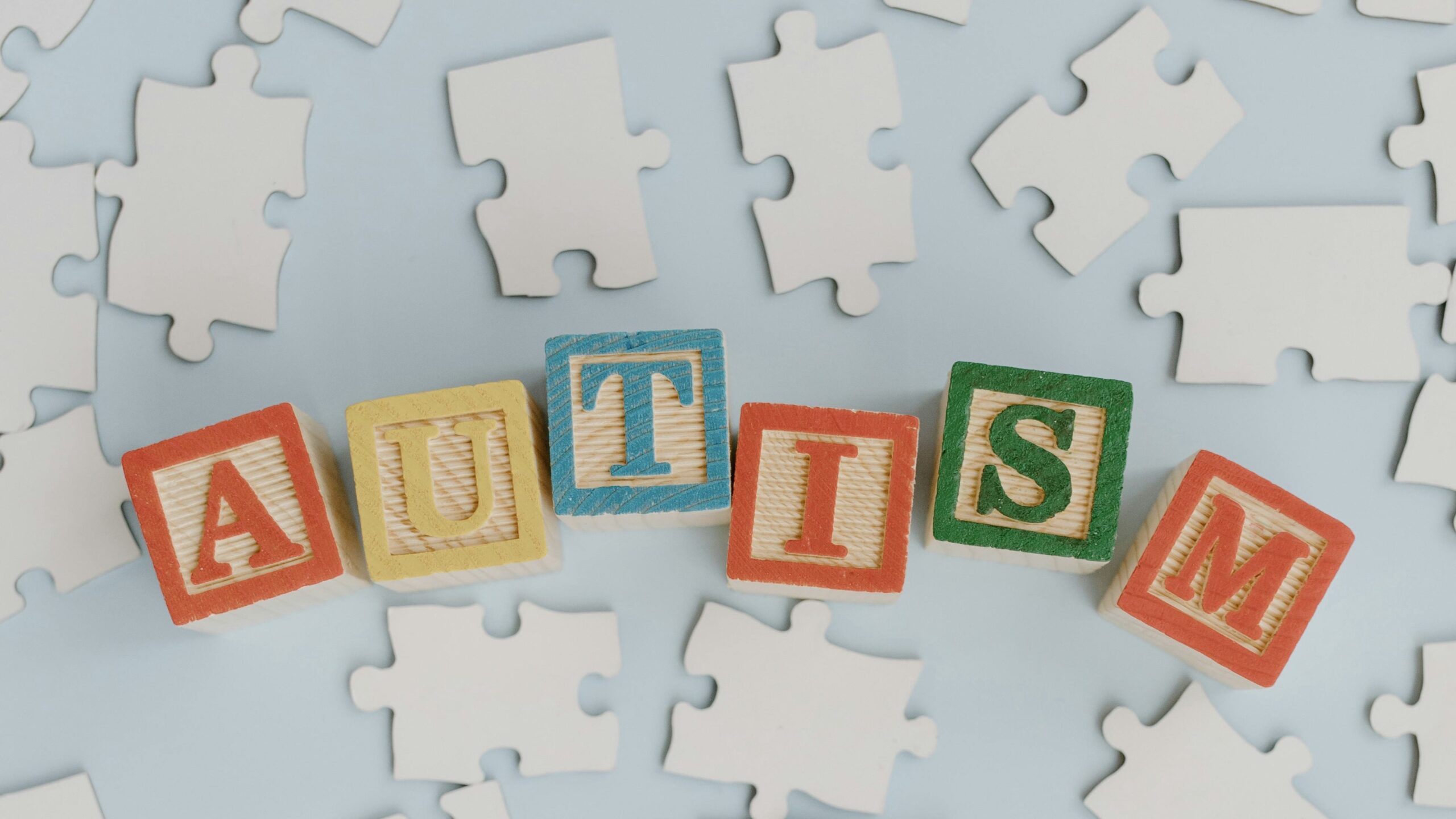More than half of the registered children in the Ontario Autism Program (OAP) will not receive the care they need despite increased funding.
Autism is a lifelong neurodevelopmental condition that requires occupational, behavioural, speech and language therapy and medication, according to the Public Health Agency of Canada (PHAC).
The government had previously announced a $120 million increase but later said that included a $60 million one-time addition to last year’s fund, which will not meet the requirements.
Currently, around 50,000 of 67,000 children registered have no access to core clinical services, a media release by the Ontario Autism Coalition (OAC) said.
“We need greater clarity about how and when the government will get more kids into core services,” the OAC said. “We still have a long way to go, and our families deserve full information in order to plan for their children’s future.”
Documents obtained through a freedom-of-information request by The Canadian Press showed the funds falling short of the requirements at the end of 2023.
The OAP’s care is necessary but expensive in some cases, where it could cost up to $100,000 per year individually, Unifor said in a media release.
After multiple attempts at cost-cutting and age limits, the program is overwhelmingly underfunded.
After the announcement of the OAP in 2016, the then-Liberal government limited intensive services till the age of five. Pressure from families forced them to reconsider their course.
Premier Doug Ford’s drastic funding cuts led to a massive autism rally in Ontario, the OAC said.
The Progressive Conservatives tried to restrict costs for children under six years to $20,000 and for those between six and 18 to $5,000.
To rectify the issue, Ford’s government appointed a 20-person Autism Advisory Panel.
Despite the panel recommendations, the government failed to administer core services for the autistic in the wake of the restrictions posed.
In 2022, the list rose to 53,000 children from 23,000 in 2018, when Ford’s government came into power.
Many of the children in the OAP have received support through one-time funding or an entry-to-school program at most when they required core clinical services like applied behaviour analysis.
The increase in OAP’s 2024 funding is still grossly insufficient to tackle the demand.
Autism Ontario, a charitable organization representing people on the autism spectrum for over 50 years said the increase in funds looks promising but is lacking in detail in a press release.
“It does not address how the gaps in staffing and educational needs for students on the autism spectrum will be met by individual boards,” Autism Ontario said.
According to a 2019 report by the PHAC, around one in every 50, or two per cent of Canadian children are autistic.
The provincial budget said the $120 million “will support the government’s commitment to enrol 20,000 children and youth in core clinical services.”
Twenty thousand of the approximate 60,000 children that are currently enrolled in the OAP, with more additions each day.
Thousands of children are still waiting for proper treatment due to the lack of necessary funding for autism management in Ontario.

